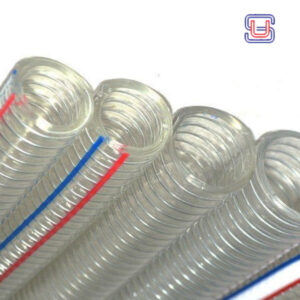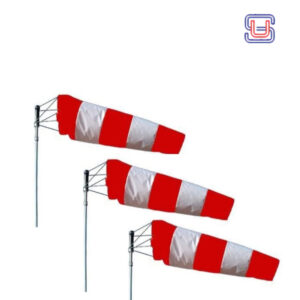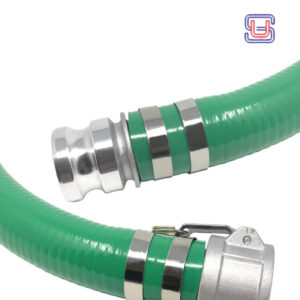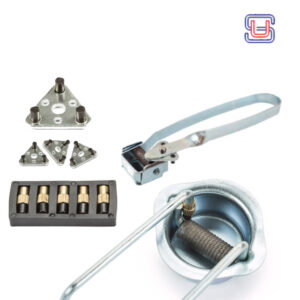Hebei Double Goats Grinding Wheel Manufacturing Co., Ltd (herein after referred to as D&G) was established in 1995, which is a professional company integration of research, production and marketing on resin bonded cutting and grinding wheels. Company keeps introducing new formulas to meet different market requirements, developed SOR intensifier, KH series stabilizer, COMPD Elastomer Coating Technology and production lines of automatically intellectualized computers control successfully. Our independent research “high strength security resin bonded series grinding wheel”in 2005,which has passed the steady by National Quality Supervision & Inspection Center for Abrasives,every performance has surpassed the national standard,reached international advanced level, awarded a second prize of“Cangzhou city scientific and technological progress, a third prize of“Hebei province scientific and technological progress in 2005. At the same time D&G was awarded as “New High-tech Product”by Hebei Province High-tech Industry, company was named as High-tech Company.Company joined Hebei Province High-tech Industry and became its standing director unit. The company was the first in the industry to pass ISO 9001/ISO 14001 Certifications, OHSAS 18001 and German MPA Safety Certification.The series products have been honoured as “Famous Product”by SMEHB in 2010,awarded “Hebei Famous Brand” in 2008 and “Hebei Famous Product”in 2011.

Grinding tools encompass a wide range of equipment used for various industrial, commercial, and DIY applications where material removal through abrasion or cutting is necessary. Here are some common types of grinding tools:
Angle Grinders: Handheld power tools with a rotating abrasive disc or wheel used for cutting, grinding, and polishing metal, stone, concrete, and other materials. They come in various sizes and are versatile for different applications.
Bench Grinders: Fixed or mounted grinding machines typically used for sharpening tools, shaping metal pieces, and other precision grinding tasks. They consist of a motor-driven grinding wheel mounted on a pedestal or bench.
Surface Grinders: Precision grinding machines used to produce smooth, flat surfaces on workpieces. They use a rotating grinding wheel to remove material from the surface of a metal or non-metallic workpiece.
Cylindrical Grinders: Machines used for grinding cylindrical surfaces of workpieces. They can be manual, semi-automatic, or fully automated, depending on the complexity of the grinding operation.
Tool and Cutter Grinders: Specialized grinding machines used for sharpening and reconditioning cutting tools such as milling cutters, drills, and tool bits. They allow precise grinding of complex shapes and angles.
Pedestal Grinders: Similar to bench grinders but mounted on a pedestal stand. They are used for grinding, deburring, and shaping metal parts and components in workshops and industrial settings.
Centerless Grinders: Machines used for precision grinding of cylindrical workpieces without centers, typically used for high-volume production of cylindrical components like shafts and rods.
Die Grinders: Small, handheld rotary tools used for grinding, polishing, and deburring metal, wood, plastic, and other materials. They are versatile and commonly used in fabrication and automotive industries.
Grinding Wheels and Discs: Various types of abrasive wheels and discs used with angle grinders, bench grinders, and other grinding machines for specific tasks such as cutting, grinding, deburring, and surface finishing.
These grinding tools vary in size, power, and application, catering to different needs across industries ranging from manufacturing and metalworking to construction, fabrication, and maintenance. Each type of grinder or grinding tool is designed to achieve specific results based on the material being processed and the desired finish or tolerance required.




